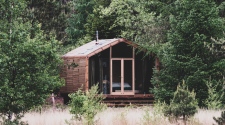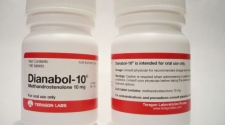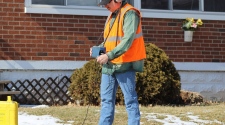Let’s face it; when we get to work in the morning, we all expect to enter premises that are safe to enter. The last thing we want to do is work somewhere with a high possibility of injury or death in the day! Of course, it would be naive for me to say that all occupations are safe.
For example, miners risk having their working areas collapse on them. Factory workers could face injury from the misuse of machinery. And so on. Still, regardless of the location, any workplace can get turned into a safe one.
So, what the secret? Well, there are just a few simple tips you need to bear in mind. By following them, you will achieve two outcomes. First, you’ll offer a safe working environment for your staff. And, second, you won’t fall afoul of any health and safety laws! Here is what you need to do:

Carry Out a Risk Assessment
The first thing you need to do is find out the potential risks to people’s health. You can do this by carrying out a survey of your premises called a “risk assessment.”
In layman’s terms, you should identify anything that could injure anyone in your workplace. Examples include:
- Bare electrical wires that are live;
- Leaking gas and water supplies;
- Trip hazards; and
- Blocked emergency exits and fire escapes.
It might surprise you to learn that even in the safest of premises, there are many hazards! That’s why it makes sense to document them all so that you can do something about them.
Fix Any Issues you have Identified
The next step is to do something about the problems you’ve discovered. To use the previous examples, you would get an electrician to fix the dodgy wiring. Plumbers and gas engineers can repair any supply leaks. And clear up any mess that could cause people to trip or not escape a fire.

Once you’ve resolved those issues, the next step is to note down who sorted them out and when.
Make sure your Staff have the Right Training
Sometimes your workplace might not be down to problems with the premises themselves. The issues could relate to poor training given to your staff! If they use heavy machinery, they need to know how to operate them in the correct way. Guessing isn’t good enough!
That’s the golden rule all H&S consultants will tell you. Be sure to check the knowledge your staff have and get them trained up. You can cut many health and safety risks by ensuring they know what they’re doing.
Identify Any Vulnerable Employees
Let’s say that one of your workers is pregnant. It is your duty to ensure they can still do their work without increasing the risk of injury. You might need to make some adjustments to their working environment.
Be sure to make a note of any changes for your records. But, what if something bad should happen? You will have proof that you’ve taken steps to ensure their health and safety.
















